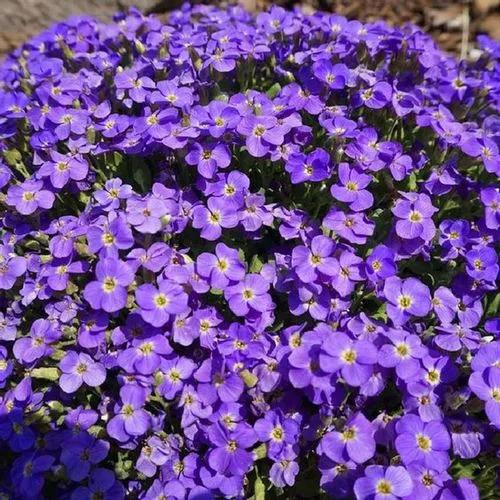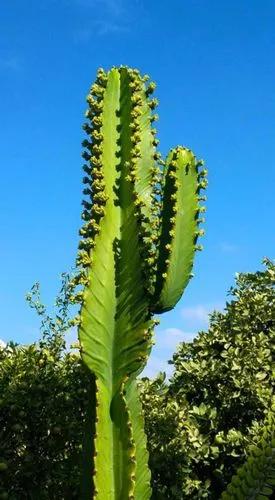Nigella damascena, love-in-a-mist, ragged lady or devil in the bush, is an annual garden flowering plant, belonging to the buttercup family Ranunculaceae. It is native to southern Europe (but adventive in more northern countries of Europe), north Africa and southwest Asia, where it is found on neglected, damp patches of land. The specific epithet damascena relates to Damascus in Syria.The plant's common name "love-in-a-mist" comes from the flower being nestled in a ring of multifid, lacy bracts.
Love-In-A-Mist, Ragged Lady Or Devil In The Bush Care
Nigella damascena



It grows to 20–50 cm (8–20 in) tall, with pinnately divided, thread-like, alternate leaves. The flowers, blooming in early summer, are most commonly different shades of blue, but can be white, pink, or pale purple, with 5 to 25 sepals. The actual petals are located at the base of the stamens and are minute and clawed. The sepals are the only colored part of the perianth. The four to five carpels of the compound pistil have each an erect style. The fruit is a large and inflated capsule, growing from a compound ovary, and is composed of several united follicles, each containing numerous seeds. This is rather exceptional for a member of the buttercup family. The capsule becomes brown in late summer. The plant self-seeds, growing on the same spot year after year.
This plant is useful.
This plant might be poisonous
How to get rid of:
How to Care for the Plant

Popularity

763 people already have this plant 216 people have added this plant to their wishlists
Discover more plants with the list below
Popular articles






